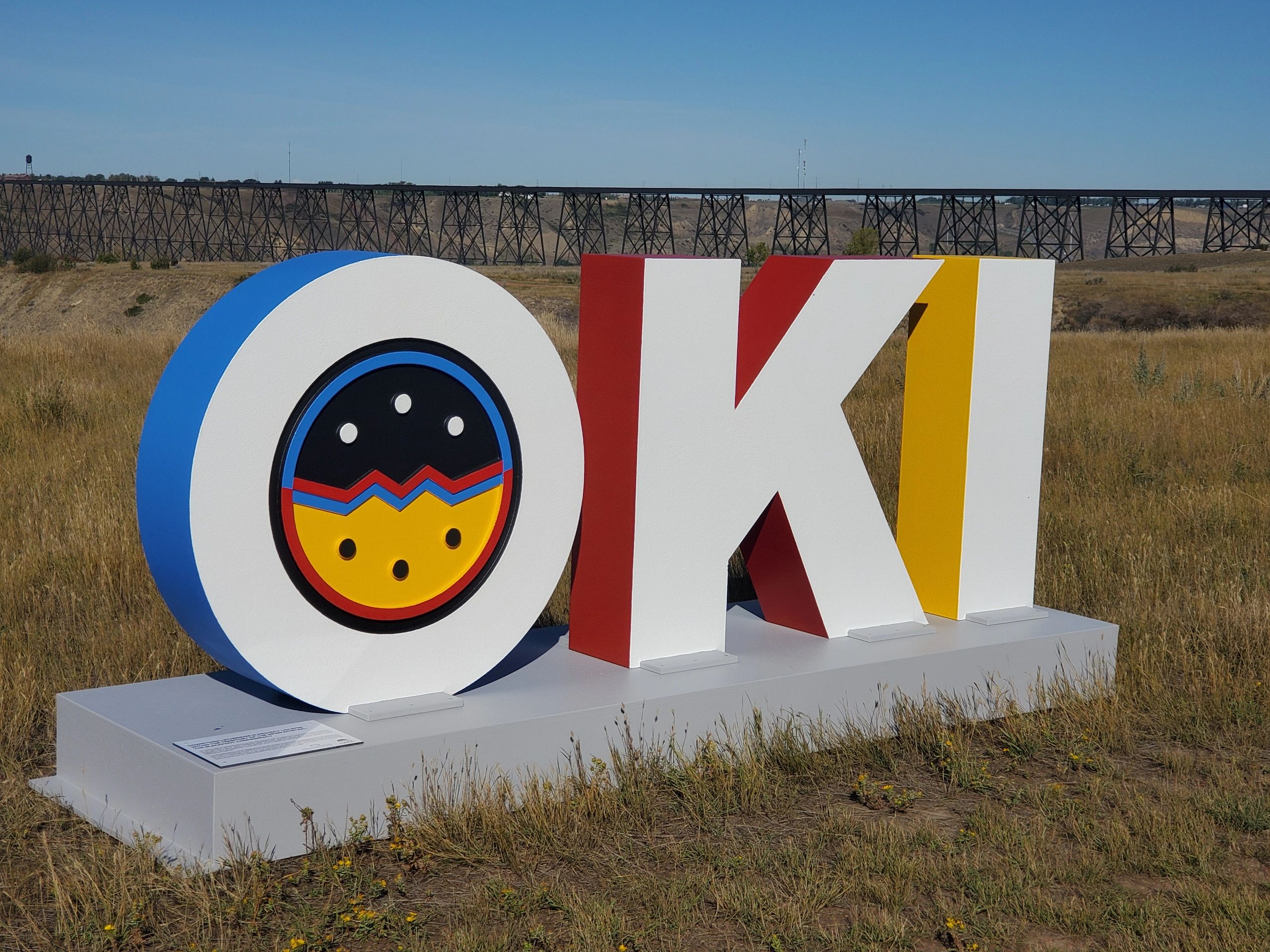None of my water pipes are insulated beneath my trailer. The former owner insulated the skirting with 2 rigid insulation. He also said he hadn't had a frozen pipe in the 20 years he lived here, but that was using the hot air furnace. He did say before that time it was always the water meter under the trailer that froze. Maybe 2 or 3 times. I have an old home. Super old home. I have no basement or crawl space. I do not have any real access to under the flooring unless I pull up the flooring. My problem/hurdle is that I have cold air coming up from the floor. I can feel air leaks in several areas of the floor. However, the entire exterior siding of the home gets an r-4 value (instead of r-1), the siding has less seams in it because its more structurally rigid and therefore comes in longer pieces, and the siding is much less likely to experience any.
However, the entire exterior siding of the home gets an r-4 value (instead of r-1), the siding has less seams in it because its more structurally rigid and therefore comes in longer pieces, and the siding is much less likely to experience any. Hi folks, this is my first post. I'm building an off-grid super-insulated home this summer in Central Ontario and wanted to get your feedback on my system design. We are self-building most of this project on a fairly tight budget. Site: The house is 2 storeys + basement, 800 sq ft/floor so 2400 square feet total. Upon further research I found multiple threads with different insulating techniques. I placed a call with the dealer and they said insulating the liner probably isn't necessary. I called another dealer (closer to my house) to see if they had any in stock, he asked why I was insulating and said that 70% of his installs are NOT insulated. I’ll be running the stove pipe straight up through the roof, and and wondering what size pipe I need to use. The outlet on the stove is 7 inches. Can I use 6 inch insulated? How high do I need to go? It will be almost to the centerline of the roof, and 12 feet of chimney gets me about 4 feet above the roof peak. Any and all help appreciated. Let me first apologize since I'm convinced the info is here but I cannot find. Basic scenario is we have some property with a small home and would like to use a pellet stove. Total area < 1000 sq ft. This house is old and poorly insulated (mobile home with an addition) and is temporary, we will...
Upon further research I found multiple threads with different insulating techniques. I placed a call with the dealer and they said insulating the liner probably isn't necessary. I called another dealer (closer to my house) to see if they had any in stock, he asked why I was insulating and said that 70% of his installs are NOT insulated. I’ll be running the stove pipe straight up through the roof, and and wondering what size pipe I need to use. The outlet on the stove is 7 inches. Can I use 6 inch insulated? How high do I need to go? It will be almost to the centerline of the roof, and 12 feet of chimney gets me about 4 feet above the roof peak. Any and all help appreciated. Let me first apologize since I'm convinced the info is here but I cannot find. Basic scenario is we have some property with a small home and would like to use a pellet stove. Total area < 1000 sq ft. This house is old and poorly insulated (mobile home with an addition) and is temporary, we will... I am trying to install a Breckwell P24I into my existing fireplace in my mobile home. The pre-manufactured chimney system is made by FMI. I was wanting to try to find an adapter from 3 inches off pellet stove to 8 inches going into the FMI chimney but only see the one for Simpson Duravent and was told it wouldn't work.
31 March Birthday Indian Celebrity
